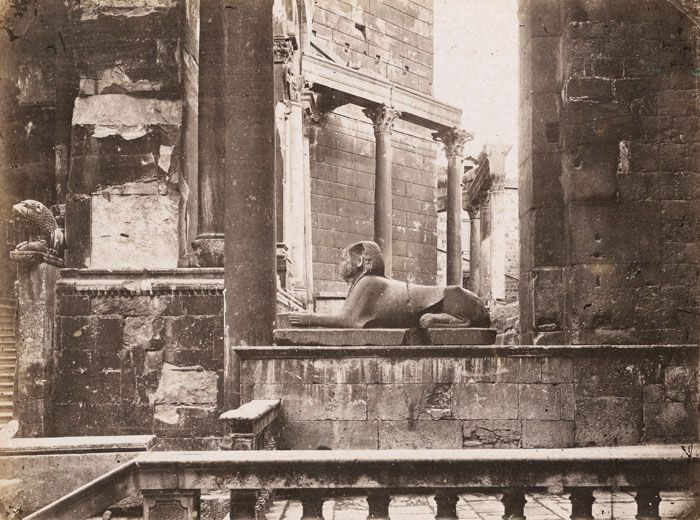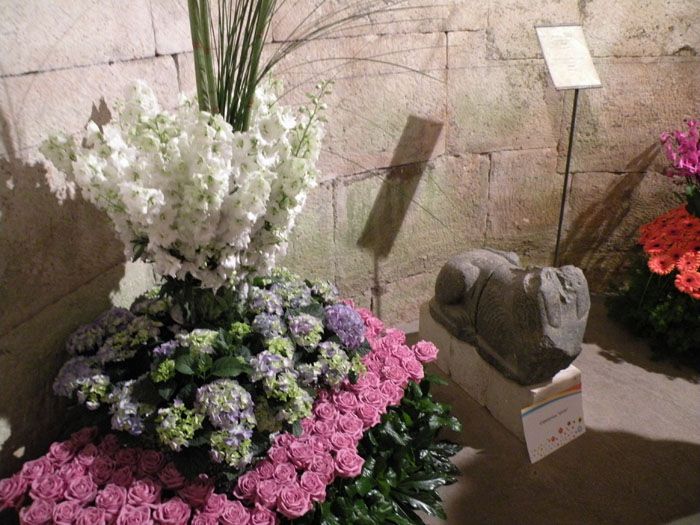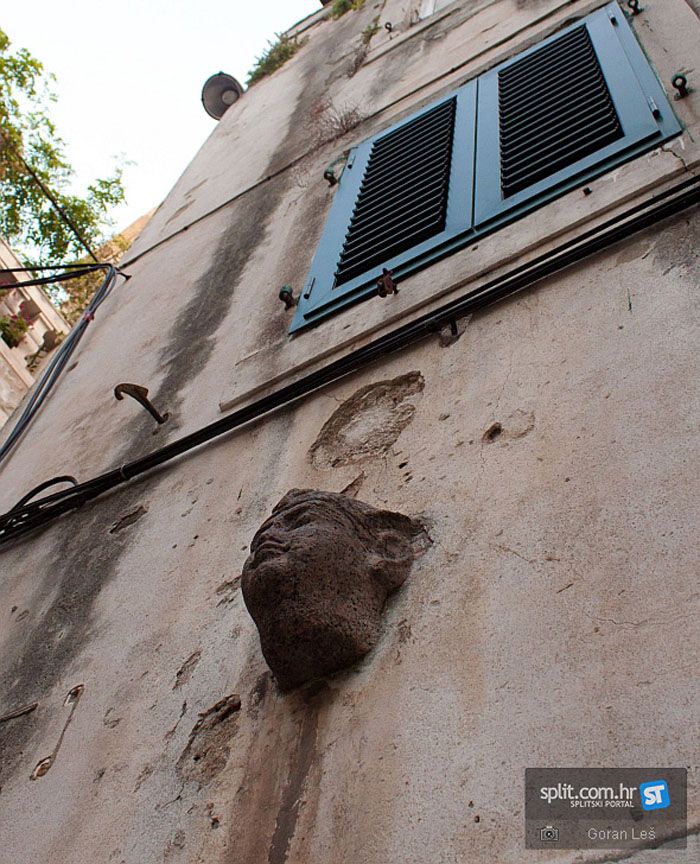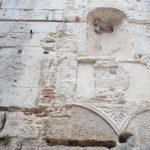Split was founded thanks to a Roman emperor Diocletian, and most of its heritage can be traced all the way to Roman times. However, probably one of top five the most photographed spots in Split has even older origins, ancient Egyptian. Of course, we are talking about Split Sphynxes. The one in front of the cathedral is the best preserved, and definitely the most famous, but there were much more of them scattered around the Palace by Diocletian. What they were doing there, how many of them once existed, and where are they now?
A whole series of Sphynxes were brought to Diocletian’s Palace while it was still under construction, and my friend, one of the leading Split tour guides Leo Nikolić believes it was because Diocletian considered himself as a God’s given, or son of Jupiter. It was very close to Egyptian pharaohs concept of ruler and God in one person. There was also a practical reason – Egypt was Diocletian’s private property, as it was the case with all Roman emperors, and he could have brought anything he wanted from there, at almost no cost. Some things never change. Whatever the reason was, those divinal statues are probably the oldest objects in Split, about 3,000 years old.
As far as we know now, there were at least eleven Sphynxes around the Palace, judging from those who remained, or by the fragments found. After Palace was christianized, like the whole empire, pagan symbols were crushed symbolicaly, but even literally. After all, Diocletian was an arch-enemy for Christians, having them killed by thousands. It was quite expected that every memory on him will be destroyed.
Split Sphynxes always drew travellers’ attention, I recently found beautiful photo made by Franz Thiard de Laforest in 1870s. Much before that, Robert Adam drew it as part of his studies of the Palace.

The best preserved Split Sphynx is the one in front of the cathedral, although even this one was cut in half. Still, it’s visible in its full beauty, even with hyerogliphs inscription at the bottom. It was probably one of two, or maybe even four keepers of Diocletian’s Mausoleum. It was probably brought from some ancient temple in Karnak.
Second one is the one that probably stood opposite from the previous one, and is now in the Archeology Museum after being donated in 1875. by one of Split noble families. This one is a little bit smaller, and made probably around 1,400 BC, maybe for one of temples in Thebe.
Same museum holds several other fragments. For example, back part of the one made of white stone, or head made of red granite found in Salona.
During excavations around Vestibule small black granite Sphynx was found beheaded This one is now in one of the halls of Palace’s substructures. There we can also see the small fragment of front legs and chest made of red granite.

There are some fragments that can be found as part of facades of buildings around the Palace. The most famous is the red granite head near the green part of the Palace, popular “Vrtal”, or Garden. However, there is a theory that it was part of some other Egyptian statue.

Very well preserved, although without head, is the one in front of the Jupiter’s Temple, or baptistry. This one was also found during excavations in the nearby area, and brought to present position for decorative reasons. Split City Museum keeps the one made of grey and black granite, another one without the frontal part. Same museum keeps Sphynx head made of red granite, found during excavations of ancient draining system. There are also some other smaller fragments, like feet, chests, or legs, but it’s hard to expect that any other better kept Sphynx will ever be found.









